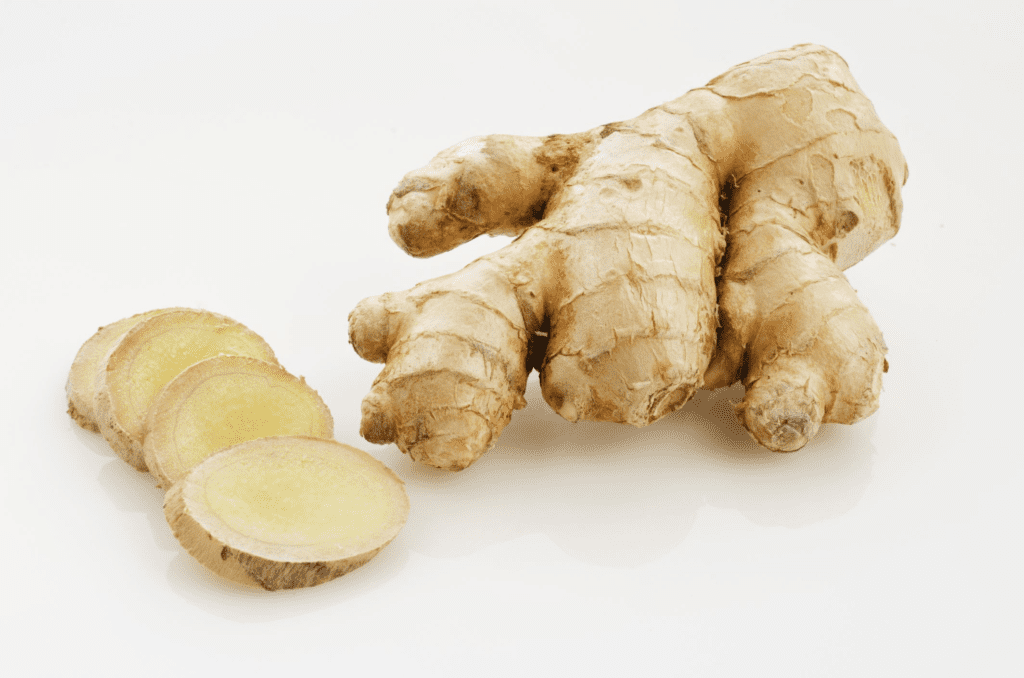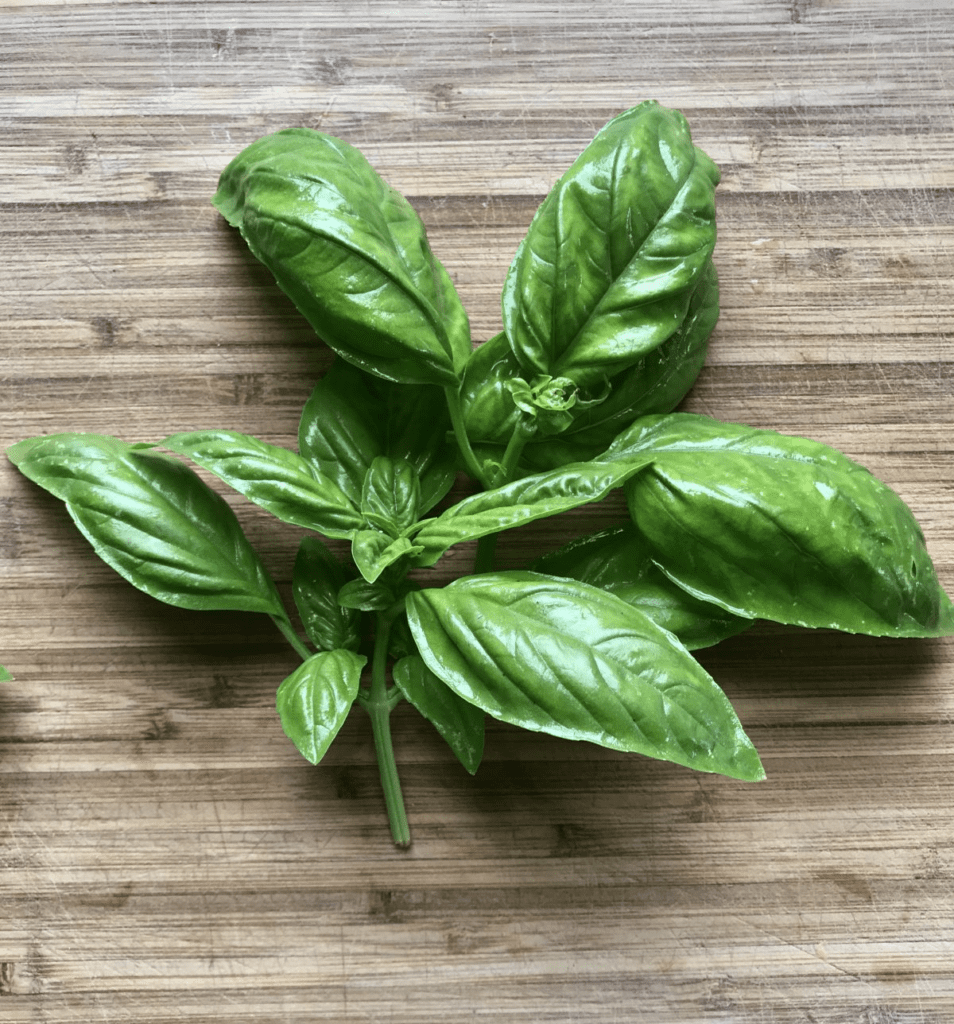As I delved into my pantry, I unearthed a treasure trove of spices with unique aroma and flavor. While there are more hidden in the cabinet, these are the ones that I find myself reaching for most often.
Kitchen Spices
Imagine a kitchen without spices-it’s like a mechanic without their toolbox! The same principle applies to food. The right spices can transform a basic dish into a culinary masterpiece, making it delectable and irresistible.
Spices have become easily accessible as the world grows. What was once a privilege for the wealthy is now common in every grocery store. Most kitchens have a variety of spices based on personal and cultural preferences. In this blog, we will share the must-have spices for every cook.
Garlic
The Greeks called it a stinking rose, but its spice aside, garlic has a rich history of culinary and medicinal use. First found growing in the mountains of Central Asia, this versatile, fresh spice is quite a staple in many culinary explorations. Without garlic, stir-fry would lose its characteristic flavor, garlic bread would not exist, and certain sauces, soups, and foods would be flat. Garlic can upgrade any dish, whether minced, chopped, roasted whole, or pickled.
Garlic belongs to the Allium family and has a strong, pungent smell due to the presence of allicin. The scent can reputedly ward off vampires (and any hot dates), but allicin is also the chemical responsible for several health benefits. According to the University of Maryland Medical Center, allicin and other sulfur compounds in garlic may help lower cholesterol, reduce risks of heart disease, and prevent certain cancers.

Onion
The onion needs no introduction. It is, after all, the oldest edible source known to man. We’re familiar with it since it’s ubiquitous in many cuisines—Indian, Asian, Mediterranean, Mexican, and Continental, to mention just a few.
Its strong, robust flavor and characteristic pungency help complement and enhance foods’ flavors. Its versatility is far-reaching: toss the thinly sliced onion in a salad for that extra kick, add it to sandwiches, sauté chopped onion in a stir-fry for added flavor, simmer it in soup to add sweetness, blend it in sauces and condiments to add excitement, or caramelize it to release the burst of flavor.
Culinary prowess aside, onion also exerts substantial health benefits—even more reason to include it in your diet. Onion is naturally high in antioxidants, quercetin, and chromium (which helps maintain proper hormonal balance) and low in fat and calories. According to a study from the National Cancer Institute, eating approximately two teaspoons of onion a day may significantly lower the risk of prostate cancer. Another study conducted at the Fred Hutchinson Cancer Research Institute reveals that onion increases a key enzyme for removing toxins in the blood cells of healthy women. Quercetin exerts anti-carcinogenic, anti-inflammatory, and anti-diabetic properties and is quite a fat blaster.

Ginger
Ginger has been a cooking spice for over 4,400 years. An underground stem (rhizome is the technical word), ginger imparts flavor, zing, and zest. Many cultures use ginger as a medicine. It is reputed to have many splendid uses, including relieving nausea, treating the common cold and flu, and aiding digestion, headaches, menstrual cramps, and arthritis.
Do not dismiss these applications as traditional medicine. Many studies have been conducted to substantiate various claims. Ginger is beneficial for treating nausea and motion sickness, as a digestive aid for mild stomach upset, reducing osteoarthritis pain, and in cancer chemotherapy.
Ginger continues to be a favorite culinary use. From flavoring main entrees to soups to desserts and drinks, ginger has found a permanent place in the halls of delectable cooking. Ginger cookies, ginger-infused chicken, ginger tea, ginger beer, ginger candy—the world would be sadder without these culinary indulgences.

Pepper (White, Green, Red, and Black)
PPeppercorns are used in a variety of dishes and come in different colors based on their harvest time and processing. They add flavor and color to dishes and are generally spicy and aromatic, with white pepper being the most pungent. Green and black peppercorns are more fragrant.
Different cultures have developed particular pet preferences, though not exclusively. Fresh green peppercorns are used in Thai stir-fries and curry pastes. White pepper is preferred by the Chinese and Japanese for soups, and is favored by Western cuisines for white sauces and meats. Black pepper is widely used in all world cuisines due to its versatility.

Cinnamon
When they say spice and all things nice, they must refer to cinnamon. Warm, sweet, and fragrant, cinnamon is the spice most favored in winter to beat the cold and blues. Cinnamon is the oldest known spice, mentioned in the Bible and used in ancient Egypt to flavor beverages. It was commonly used for embalming and as a preservative in medicine to disguise strong odors.
Various studies have pointed to several health benefits of cinnamon use: it has natural anti-infectious compounds, helps to regulate blood sugar, reduces harmful LDL cholesterol, reduces menstrual pain, and may prevent the proliferation of cancer cells.
Two types of cinnamon:
There are typically two kinds of cinnamon—the sweeter, more refined Ceylon cinnamon and the more common Chinese cinnamon (cassia). They are available in sticks or powder. A sprinkle of cinnamon can work wonders with desserts, loaves of bread, cookies, pies, candies, beverages, and even savory dishes. Cinnamon works well with sweet vegetables such as squash, sweet potatoes, and pumpkin—hence the spiced pumpkin pies.

Cumin
Cumin comes from the dried seeds of an annual plant in the parsley family. Nutty, aromatic, and earthy, cumin is a regular spice in Middle Eastern, Indian, Asian, Mediterranean, and Mexican cuisines. The spice in question is typically available in whole or ground form. It was commonly used for embalming and as a preservative in medicine to disguise strong odors. Roasting the cumin seeds is an option for intensifying their flavor.
It works well in many dishes and is one of the main ingredients in curry powder. Cumin is a versatile spice that pairs perfectly with beans, chicken, lentils, chickpeas, potatoes, sausages, soups, stews, eggs, couscous, and chili. Often used in condiments and sauces.
Common Asian spices: fresh red chilies, lemon grass, turmeric, shallots, and garlic.

Cayenne
Cayenne pepper is invaluable if you love spicy food. The active ingredient, capsaicin, imparts a tangy hit, and the degree of spiciness varies depending on the varieties of red chili pepper used. You can use fresh chili pepper or powdered form. It can be added to food to enhance the spice and color. Can you imagine a bowl of chili without a touch of cayenne?
Cajun and Creole cooking often feature cayenne, as do Southeast Asian, Chinese, Southern Italian, and Mexican cuisines. Gumbo, curries, Kung Pao chicken, and fajitas may never taste the same without the cayenne’s characteristic spicy hit.
Capsaicin, derived from cayenne peppers, is an active ingredient in creams and ointments for relieving arthritis and shingles pain, and it is also used in personal defense sprays.

Basil
Widely used in Italian, Mediterranean, and Thai cooking, basil is rich, spicy, and slightly peppery with a hint of mint and clove. This lovely culmination of flavors makes it a delight to use, whether fresh, dried, or frozen. Basil is considered part of the mint family, and there are about 40 varieties. Sweet basil is the most common. The Vietnamese and Thais use a spicy, smaller-leafed version called Thai basil.
Basil is incredibly versatile, the leaves may be eaten fresh or cooked. Fresh leaves add extra zing to salads, doubling up as beautiful garnishes. Also, minced, chopped, or blended with other herbs (works exceptionally well with garlic, thyme, and lemon), there are countless ways to enjoy this aromatic herb. It greatly enhances the flavor of veal, chicken, fish, or lamb. When used with mild vegetables such as cauliflower, potatoes, cabbage, squash, eggplant, or zucchini, basil accentuates the taste factor. Add zip and zest for soups, stews, sauces, and marinades with basil.

Oregano
Small grayish-green oval leaves characterized oregano. Crush some fresh leaves between your fingers, and it will exude a warm, peppery, and sweet fragrance. This herb boasts high levels of vitamin K, manganese, iron, calcium, and dietary fiber. Oregano means “mountain joy,” and this herb has undoubtedly brought joy to the culinary experience.
Certainly! Oregano is part of the same family as marjoram and is frequently confused with it. However, oregano has a spicier flavor and is less sweet than marjoram. I understand how important oregano is to Italian cuisine. It’s a vital herb in beloved dishes such as pizza and spaghetti sauce. Oregano is an essential spice in Italian and familiar dishes like pizza and spaghetti sauce. Oregano is also a staple in Mediterranean and Mexican cuisines. You can enhance pizzas, salads, omelets, and sautéed mushrooms and onions with fresh oregano. Infuse oregano essential oils by immersing a few springs in olive oil. Oil with oregano scent can be used for salad dressings, baking dip, or cooking.

Rosemary
Shakespeare referred to it as the herb of “remembrance,” a nod to its long-standing reputation for enhancing memory. Traditionally, it has been used to alleviate headaches, bolster memory, soothe muscle pain, promote hair growth, and support both the circulatory and nervous systems, typically through aromatherapy or ingestion. According to the University of Maryland Medical Center, some studies showed that rosemary might help prevent thrombosis, inhibit foodborne pathogens such as Listeria monocytogens, B. cereus, and S. aureus, and help to reduce stress and anxiety.
Woodsy, fragrant, and aromatic, rosemary is used in many Mediterranean dishes and works well in gravies, risotto dishes, and stocks. It pairs well with chicken and lamb. Fresh bouquets add a beautiful touch as a garnish and can be used to flavor vinegar, wines, and olive oils.
Not every cook will agree on this list or how best to use the spices, but that’s okay. All cooks will agree that the judicious use of spices adds flair and flavor and gives food an attitude—a good one.
Rosemary’s woody scent may be too strong for certain dishes, so use sparingly.

| Spices that enhance sweet flavor mean you can add less sugar, and spices that enhance savory flavor mean you can add less sodium and fat. |
